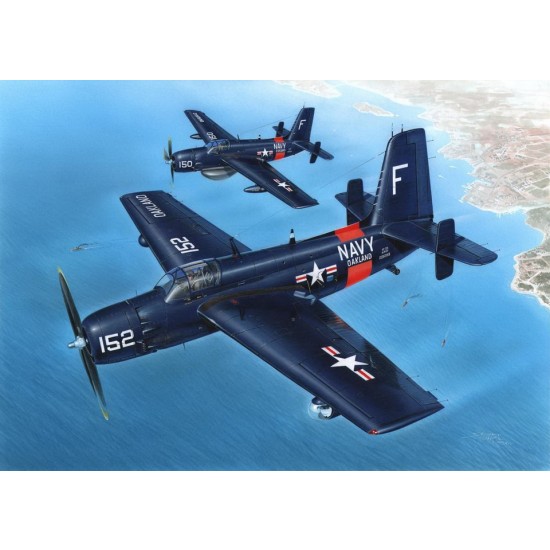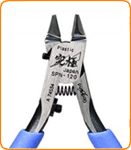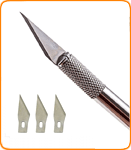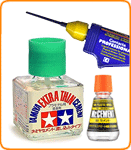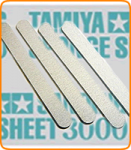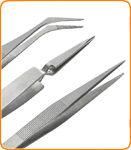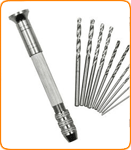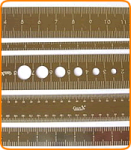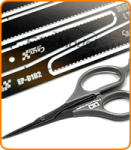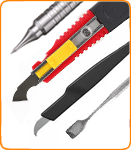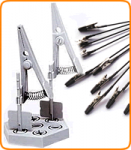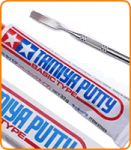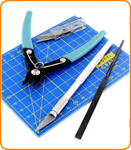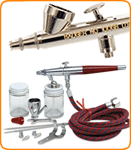1/48 US AF-2S Guardian "Submarine Killer"
During the 1950s, the AF-2 Guardian anti-submarine aircraft were operating from the US Navy carriers in so-called Hunter-Killer pairs which consisted of one machine of the AF-2W version performing the Hunter role using its volumous, belly-mounted AP-20 search and early-warning radar to locate enemy"s submarines while the other member of the team was an AF-2S which was the Killer, carrying a variety of offensive anti-submarine weapons, such as torpedoes, depth charges or rockets in the bomb bay or beneath its wings.
The development of the Guardian began during WW2 although the original request from the US Navy had been for a torpedo-bomber. At Grumman, this project was known under G-70 designation, while the Navy recognized it as the XTB3F. This new type was to be propelled by a P&W R-2800 radial engine driving a four-bladed propeller in the nose and a Westinghouse 19XB jet engine mounted in the tail section. The Westinghouse jet was later removed from the specifications, yet before the prototype"s maiden flight, which took place on 19th December 1945. By this time the torpedo bomber role had already been outdated and the Navy asked for the type to be rebuilt into the two above mentioned versions.
The prototype AF-2 (which was the radar-equipped Hunter version) first flew in November 1948 while the AF-2S performed its first flight in January the following year. A year later, the type entered service with the US Navy, later to be joined by a third version, the AF-3S which was basically a AF-2S with a magnetic anomaly detector fitted. The AF-3s were operated both from land bases and aircraft carriers. During the Korea War, the type was used to defend US Navy vessels in the combat zone.
The Guardian was removed from front line service in 1955, remained just with US Naval Reserve units up to 1957. The type became the very first US Navy carrier-based aircraft to be specially built for anti-submarine warfare. It also holds the record for being the largest single-engined, piston-engined aircraft ever to be flown from the US Navy carriers.
This is a plastic model kit, which comes unassembled and unpainted. So glue, model paints and other basic modelling tools are additionally required.
The development of the Guardian began during WW2 although the original request from the US Navy had been for a torpedo-bomber. At Grumman, this project was known under G-70 designation, while the Navy recognized it as the XTB3F. This new type was to be propelled by a P&W R-2800 radial engine driving a four-bladed propeller in the nose and a Westinghouse 19XB jet engine mounted in the tail section. The Westinghouse jet was later removed from the specifications, yet before the prototype"s maiden flight, which took place on 19th December 1945. By this time the torpedo bomber role had already been outdated and the Navy asked for the type to be rebuilt into the two above mentioned versions.
The prototype AF-2 (which was the radar-equipped Hunter version) first flew in November 1948 while the AF-2S performed its first flight in January the following year. A year later, the type entered service with the US Navy, later to be joined by a third version, the AF-3S which was basically a AF-2S with a magnetic anomaly detector fitted. The AF-3s were operated both from land bases and aircraft carriers. During the Korea War, the type was used to defend US Navy vessels in the combat zone.
The Guardian was removed from front line service in 1955, remained just with US Naval Reserve units up to 1957. The type became the very first US Navy carrier-based aircraft to be specially built for anti-submarine warfare. It also holds the record for being the largest single-engined, piston-engined aircraft ever to be flown from the US Navy carriers.
This is a plastic model kit, which comes unassembled and unpainted. So glue, model paints and other basic modelling tools are additionally required.
| General Info | |
| Scale | 1/48 |
| Type | Scale Model Kit |
| Subtype | Military Aircraft |
- Stock: Out Of Stock
- Reward Points: 64
- SKU: SH48135

Special Hobby
MRP: US$53.40 Save: US$9.49
17% OFF
US$43.90
(excl. Tax)
"In-Stock" Really Means It
Combine Shipping & Save
SAME or Next day shipping*
Pay in 4 interest-free payments of US$10.97. Learn more
There are no reviews
Maybe you can help? Many users will be grateful to you. And so are we.



























